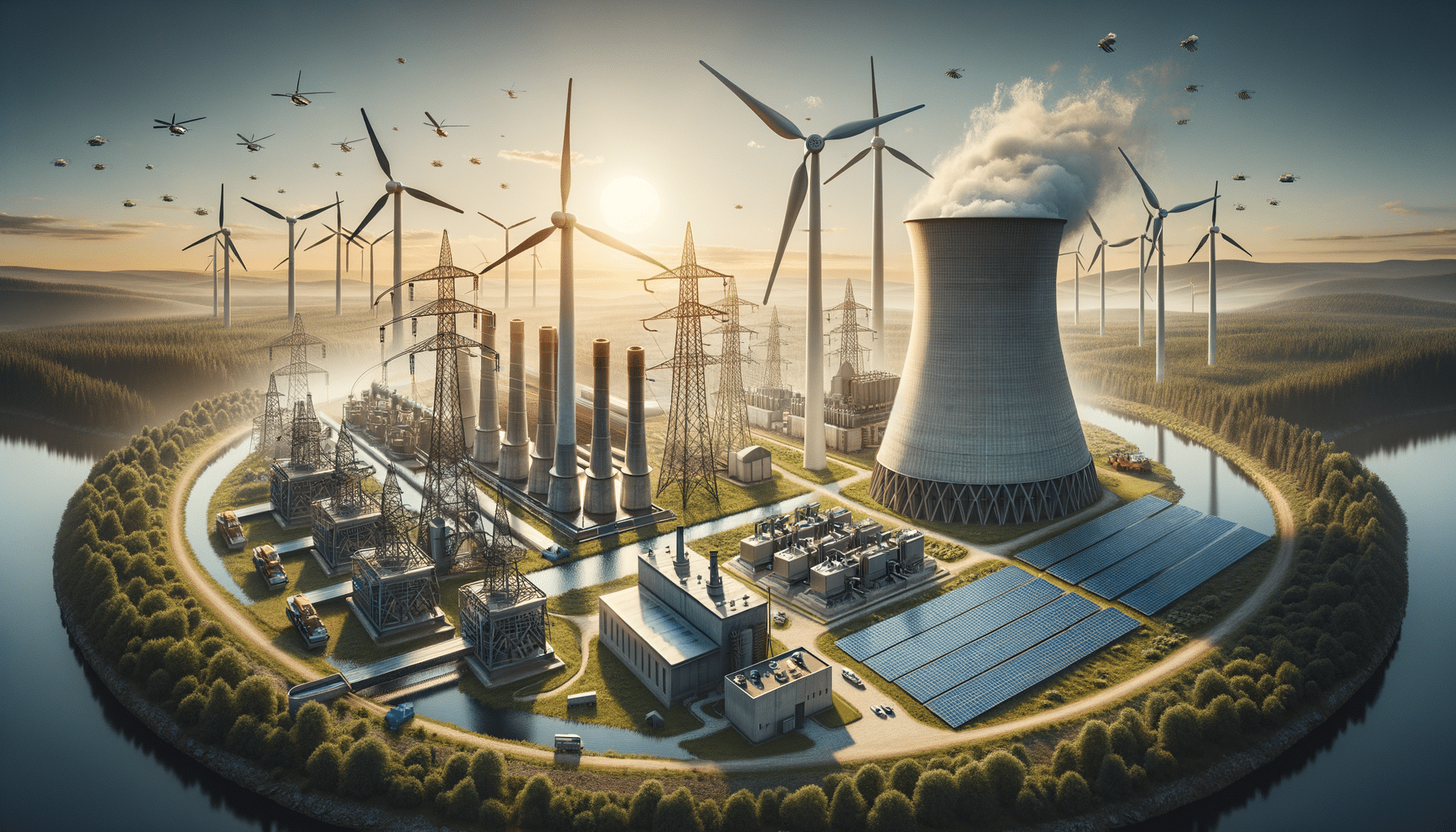Power Stations: The Backbone of Modern Energy Infrastructure
Power stations are pivotal in providing the energy that fuels our daily lives and powers industries worldwide.

Introduction to Power Stations
Power stations, often referred to as power plants, are industrial facilities designed to generate electricity. They are fundamental to the modern world, ensuring that homes, businesses, and industries have a reliable supply of energy. The importance of power stations cannot be overstated, as they form the backbone of the energy infrastructure that supports economic development and quality of life. From coal-fired plants to nuclear reactors, each type of power station has its unique characteristics and impacts on the environment.
Types of Power Stations
There are several types of power stations, each utilizing different energy sources to generate electricity. The most common types include:
- Fossil Fuel Power Stations: These use coal, oil, or natural gas to generate electricity. They are among the oldest and most established forms of power generation but are also the most controversial due to their environmental impact.
- Nuclear Power Stations: Utilizing nuclear reactions, these plants produce a significant amount of energy with relatively low greenhouse gas emissions. However, concerns about radioactive waste and safety remain.
- Renewable Energy Power Stations: These include solar, wind, and hydroelectric power stations. They are gaining popularity due to their sustainability and minimal environmental footprint.
Each type of power station has its advantages and disadvantages, influencing the choice of energy strategy in different regions.
Environmental Impact of Power Stations
The environmental impact of power stations varies significantly depending on the type of energy source used. Fossil fuel power stations are major contributors to air pollution and greenhouse gas emissions, leading to climate change and health issues. In contrast, renewable energy power stations have a much lower environmental impact, as they do not produce emissions during operation.
Nuclear power stations, while low in emissions, pose challenges related to radioactive waste management and the potential for catastrophic accidents. The choice of power station type reflects a balance between energy needs, environmental considerations, and economic factors.
Technological Advancements in Power Stations
Technological advancements are continuously reshaping the landscape of power generation. Innovations in carbon capture and storage (CCS) technology aim to reduce emissions from fossil fuel power stations. Meanwhile, advancements in nuclear technology are focusing on developing safer and more efficient reactors.
Renewable energy technologies are also evolving rapidly. Improvements in solar panel efficiency, wind turbine design, and energy storage solutions are making renewable power stations more viable and competitive with traditional energy sources. These advancements are crucial for transitioning to a more sustainable energy future.
The Future of Power Stations
The future of power stations is likely to be shaped by the global push towards sustainable energy. As countries commit to reducing carbon emissions, the role of renewable energy power stations is expected to grow significantly. However, the transition will require substantial investment in infrastructure and technology development.
Additionally, the integration of smart grid technology and digital solutions will enhance the efficiency and reliability of power stations. This evolution will not only meet the increasing energy demands but also address the environmental challenges associated with traditional power generation methods.